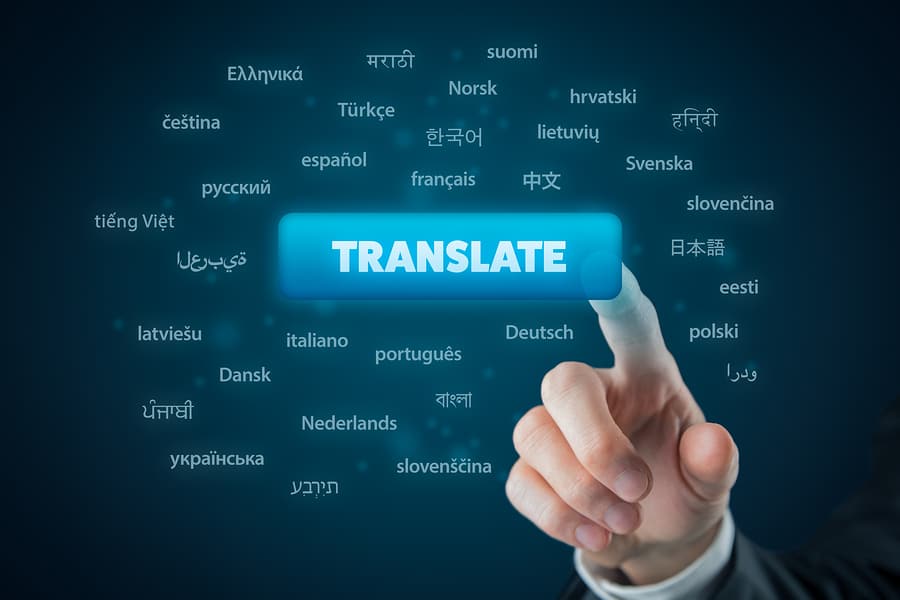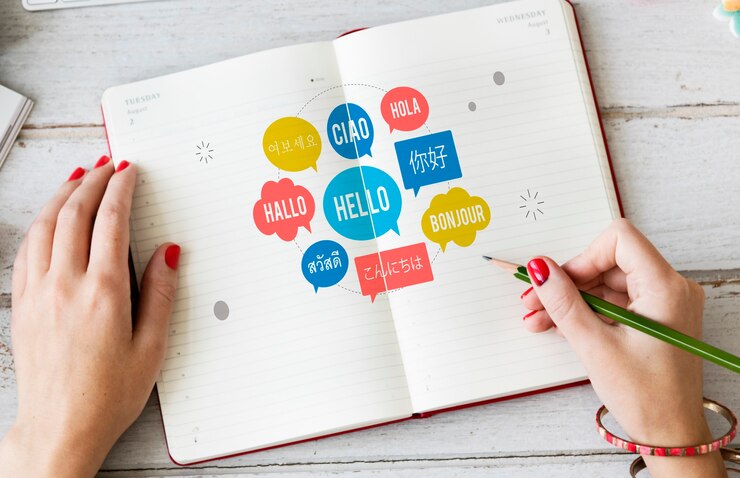It is said that communication is the key to establishing connections across borders. However, this communication will only make connections if it is understood by the parties involved, and this is where translation comes in. Professional translation services deliver the right translation of content and ensure that a company can transition easily into the target market. To explore the future of the translation industry and its impact on the upcoming world, one should notice how quickly it’s making its place globally today.
From businesses expanding into global markets to individuals communicating with people from different parts of the world, communicating effectively across language and geographical barriers has become essential. Machine translation uses algorithms to translate text from one language to another with varying degrees of accuracy.
One trend to watch in the future of the translation industry is the development of artificial intelligence (AI) that can learn from human translators. By analyzing the work of human translators, AI can learn to recognize patterns and understand the nuances of language, improving its accuracy and efficiency over time.
The Trends Shaping the Future of Translation
Translation plays an increasingly important role in the economy as an instrument for understanding and comprehending business relationships and transactions. So, here are the main trends shaping the future of translation.
1. Technological Advancements
In 2024, the translation industry continues to be revolutionized by ground-breaking technologies. With the integration of sophisticated software and cutting-edge methodologies, language translation has reached new heights of efficiency and accuracy. These technological advancements have transformed the future of translation. They have modified the processes, allowing faster turnaround times while maintaining high-quality outputs.
2. AI & Human Translators: An Interdependent Growth Relation
Real-time translation services brought by advanced technologies like artificial intelligence (AI), machine learning (ML), and neural machine translation (NMT) have a propulsion effect on the various translation industry trends. While advanced technologies continue to evolve, offering unprecedented accuracy to communicate effectively, the role and importance of human translators have increased. It has become important to incorporate human expertise into language translations.

Human translators are better equipped to care for different content types, like legal or medical documents, requiring high accuracy and precision. AI and NMT technologies are advancing, providing unparalleled accuracy and efficiency in translation processes, and have proven to be quite useful in diverse sectors like healthcare, finance, and law.
3. Localization Dominance
Localization of products and services in a new language is observing a steady growth in demand across the world. Moreover, localization services can help businesses tap into new markets and rope in local customers to ensure their products, services, and brand messaging better resonate with them.
4. Improvement in Speech-to-Speech and Speech-to-Text Translation
Advancements in technology will also cater to spoken language translation to facilitate seamless communication through enhanced speech-to-speech and speech-to-text translation services. These technologies support translation in multiple languages, including various accents and dialects, offering greater inclusivity in communication.
5. Video Translation is on the Rise
At present, this trend is flagging on the internet with the assistance of Google Search engine optimization, suggesting that it will improve ranking in the digital world because people will click on your website because of videos. Therefore, companies that are selling their products online can take leverage of this tool. People will opt to buy products and services if they get to know more about your products through videos.
6. Transcreation:
Transcreation makes the audience feel that the text is written for them, as it evokes the same emotions in the target audience as it evokes through source content. It is mainly used in marketing content, especially in altering the taglines for advertisements so that they can appeal to the local audience.
How does AI work in translation?
AI translation technology is gradually changing the face of the future of the translation industry. Hence, here are some of the most significant benefits of AI translation technology in the sphere of translation.
- AI translation tools can be more cost-effective than human translation because they require less time and resources.
- Moreover, AI translation tools can provide accurate translations, particularly for technical or specialized content.
- Translation tools empowered with AI can translate content much faster than a human translator.
- AI translation tools can provide consistent translations regardless of the length or complexity of the content.
- Also, translation with AI can support multiple languages simultaneously, making it an efficient way to translate content into multiple languages for global audiences.
- AI translation can be scaled up easily to handle large volumes of translation work, which can be difficult for human translators to manage on their own.
Will AI Replace Human Translators?
Artificial intelligence has revolutionized the language of the future of the translation sector. However, even the most advanced AI translation services will not force human translators out of a job anytime soon. AI has redefined the sector, bringing exciting new job prospects and career opportunities for translation professionals.
AI has made machine translation tools far more reliable in recent years. However, AI still needs to overcome issues with context, colloquialisms, and tone of voice.
Artificial intelligence translation also brings significant cost and time savings. However, human intervention is still essential to ensure first-rate results. One thing is sure — AI translation, our future, very much needs real humans.

Wrapping up
The future of the translation industry is promising. With machine learning and artificial intelligence advancements, we can expect to see more sophisticated and accurate translation tools. So, the increasing demand for professional translation services across industries and languages will continue to drive the development of new technologies and tools that cater to specific needs.
We can also see an increase in the use of neural machine translation, significantly improving accuracy and fluency. However, it is important to note that human translators will still play a crucial role in the translation industry. While technology can automate many aspects of the translation process, it cannot replace the nuances and cultural context only a human translator can provide.
FAQs
1. What is the future of the translation industry?
A: The latest technological advancements significantly influence the future of the translation industry, reshaping how languages are translated and how services are delivered. So, artificial Intelligence (AI) and machine learning remain at the forefront, with improved algorithms offering more nuanced translations. However, human intervention will continue to be as useful as it is.
2. What are the different types of machine translation?
A: There are many types of machine translation; some of its broad categories under NLP (natural language processing) are:
- Hierarchical phrase-based translation
- Syntax based translation
- Phrase-based translation
- Word-based translation
3. Will AI replace translators in the future?
A: As AI continues to evolve, the role of human interpreters and translators will undoubtedly change. However, it will not disappear. The future of the translation industry lies in the collaboration between human expertise and AI technology’s continued potential.
4. How is AI changing the translation industry?
A: AI translates faster by collecting data as it works and using it to auto-populate new translation projects with common phrases and words. Thus, this functionality reduces translators’ repetitive work, allowing them to spend time on the more nuanced text sections.



Comments 0